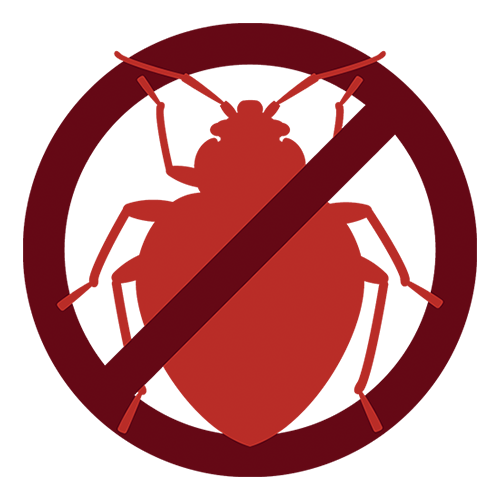Winter is here, and so are mice.
- “The early bird gets the worm, it the second mouse gets the cheese.”
- The weather is turning, rather quickly it seems, and with that all the outside creatures are looking to get inside. As I write this, there is a fly in my house that probably thinks he’s quite smart for escaping the cold weather we just experienced. Unfortunately for him, his days are numbered. Far more annoying and potentially destructive, however, are the mice that are wanting inside this time of year.
- Mice don’t need a welcome mat to enter your home. They can fit through tiny holes or cracks, as small as a dime to escape the cold. Their ability to squeeze into small openings, smell out food, and avoid potential predators is why there are so many out there. But all hope is not lost!
- Fall is a great time to give your house a “once over”. Check for any cracks in the foundation, shifting siding, windows that won’t close properly and doors that aren’t sealing. Foundation walls can be parged or filled with copper wool (steel wool will rust and degrade over time). Windows and doors can be adjusted and, if necessary, weather stripping (metal is best) can be installed.
- But what if they have already found their way into your house? This is the time of year that, for me, I keep an eye on my two cats. They have, in the past, surprised me by trotting past me with a squirming mouse in the mouth. But there are better ways of identifying whether there’s mice in your home. Droppings, small and pellet shaped may be seen. Chew marks on walls, cables, insulation and the like may be noticed. At night scratching may be heard within the walls.
- The common house mouse is usually dusty grey in colour. Usually they will be 3-4 inches in length. They can be rather destructive when they are inside trying to make a nest. They will scavenge for food and search for things to make a nest out of (insulation, fabrics, even dental floss!). Deer mice are brown in colour and are more rural. These guys can carry hantaviruswhich can make you sick and has even caused death in some cases. In either case, if droppings are found they should be sprayed to make them wet (bleach works the best) before cleaning up. The urine has an odour and other mice can follow the scent trail into your house if not cleaned up. Again, bleach is your friend for this. Mouse urine has also been found to trigger allergies, so best to clean that up right away! And always make sure to wear gloves and a mask when doing so.
- Make note of where you see the droppings, as these places may be areas where the mice frequent and could be great spots to place poison or traps.
- Traps can range from the seemingly savage glue trap, the standard snap trap, electronic traps that give them a jolt to kill them, and catch and release stations (they are pretty cute when they aren’t being a pest).
- Common baits are usually warfarin (anticoagulant), which will, over time, cause the mouse to bleed internally to death. Other baits are available, as slowly mice are becoming resistant to common anticoagulants. Baits should be a low strength, so they will continue feeding over a length of time. This ensures that they don’t become resistant to the bait if it makes them sick immediately.
Mice can reproduce quite quickly if not dealt with. A female can produce a litter of 6-8 babies within a month, and those babies can reproduce quickly once sexually mature. Once inside, they have no limits to their mating season and can reproduce year round.A small problem can become a big problem quite quickly.
If all this seems daunting, or you suffer from Musophobia (hey Liz!) then you’re best off to call us and let us deal with this. We have all the traps, poison and knowledge needed to get a handle on these little guys!



Comments are closed.